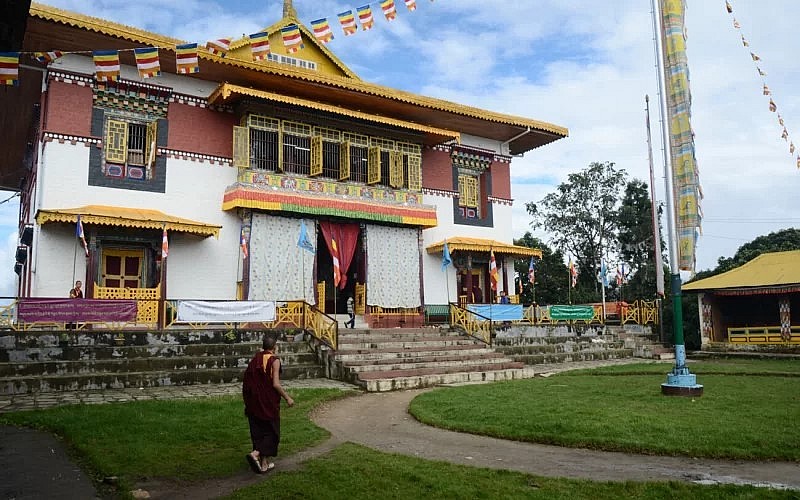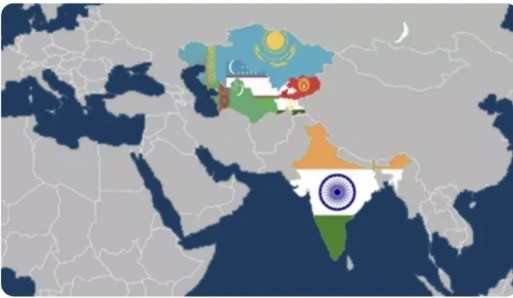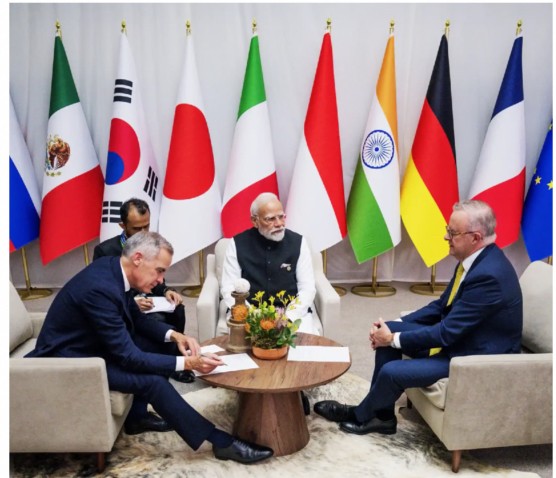A Journey through Pemayangtse Monastery, the Ancient Crown Jewel in Sikkim, India
 |
The history of Pemayangtse, literally translating to ‘Perfect Sublime Lotus’, is as mystifying as the spiritual solace it provides. Established by Lama Lhatsun Chempo in 1705, this monastery is one of the oldest in Sikkim. It was initially a small establishment serving the ‘pure monks’ (ta-tshang), those who had committed to pure celibacy and observed all the vows of the Nyigma lineage. Over the years, the monastery has grown and evolved, incorporating a unique blend of history, culture, and religious significance.
The architecture of Pemayangtse Monastery is a symphony of aesthetic brilliance and divine symbolism. The monastery spans across three floors, each carrying its distinct ambience and significance. Intricate wooden sculptures, vibrant murals, and ancient scrolls adorn the walls, narrating the life of Guru Padmasambhava, the founder of Tibetan Buddhism.
The pièce de résistance of the monastery is the seven-tiered painted wooden sculpture called ‘Zangdok Palri,’ the celestial abode of Guru Padmasambhava. Crafted single-handedly by the late Dungzin Rinpoche, it is a sublime representation of Guru’s heavenly realm, a testament to the artistic brilliance and deep spiritual insights of the Nyingma tradition.
Pemayangtse is not just an architectural marvel; it’s a spiritual sanctuary that resonates with the divine teachings of the Nyingma tradition. The monastery is home to numerous religious artefacts, including statues of Padmasambhava and his manifestations. The air is heavy with the scent of incense and the low hum of monks reciting ancient mantras, contributing to the overall aura of tranquillity and spiritual elevation.
The monastery also holds an annual religious dance festival, ‘Cham,’ a vibrant spectacle of colour and culture that brings the monastery to life. The monks, dressed in traditional costumes, perform narrative dances, the rhythmic beats and movements believed to ward off evil spirits and bring prosperity.
The Pemayangtse Monastery stands tall as an enduring beacon of Tibetan Buddhism and the Nyingma tradition. Amid the breathtaking panorama of the Kanchenjunga range and the tranquillity of the Pelling hills, it offers a unique spiritual journey for seekers and a fascinating historical expedition for enthusiasts.
In the quiet corners of this sacred sanctuary, one can hear the whispers of ancient wisdom carried by the wind, a testament to the monastery’s unwavering stand against the test of time. The Pemayangtse Monastery is indeed a living relic, a sanctuary of serenity, and an eloquent narrator of Sikkim’s rich and vibrant heritage.
Recommended
 World
World
German Chancellor Merz begins his first state visit to India
 World
World
Vietnamese Lunar New Year Food Fair 2026 Showcases Cultural Identity in Malaysia
 World
World
India named President of BRICS+ for the 2026 term
 World
World
India strengthens defense and security ties with Central Asia
Popular article
 World
World
India–Brazil–South Africa (IBSA) Dialogue Forum: An Assessment – Analysis
 World
World
India’s package for exporters signals confidence in Southeast Asia markets
 World
World
Japanese PM Sanae Takaichi and Indian PM Narendra Modi agree to deepen Japan-India cooperation
 World
World



